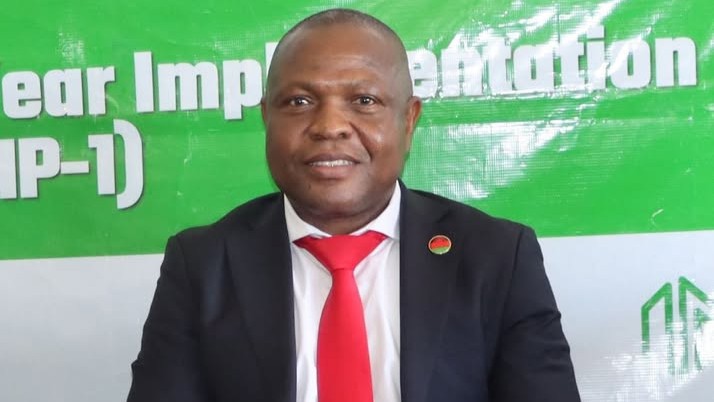
Optimizing Resources for Business Growth: Aligning Budgets with Economic Strategies in Malawi
Key Business Points
- Aligning national development plans with suitable financing options is crucial for African economies, including Malawi, to achieve sustainable development and overcome funding constraints.
- Exploring modern financing models, such as public-private partnerships (PPP) and diaspora bonds, can help Malawi advance its long-term development plan, Malawi 2063.
- Costing development plans and identifying financing gaps is essential for Malawi to match its needs with suitable financing sources and achieve the Sustainable Development Goals (SDGs) by 2030.
The Economic Commission for Africa (ECA) has emphasized the importance of integrated planning and financing for African economies to achieve the 2030 Agenda. According to the ECA, African countries face significant challenges in growing and achieving sustainable development due to external shocks, and building resilience is crucial to overcome these challenges. The ECA estimates that the continent faces an annual financing gap of $670 billion to $762 billion to meet the SDGs, which is exacerbated by persistent debt distress and high borrowing costs.
In Malawi, the situation is equally challenging, with none of the 17 SDGs adopted in 2015 on track, according to the Sustainable Development Solutions Network. The country is facing major challenges in fighting poverty, achieving good health and well-being, and ensuring clean water and sanitation, among others. To address these challenges, the National Planning Commission (NPC) is prioritizing modern and low-cost financing models, such as PPPs and diaspora bonds, to advance the Malawi 2063, the country’s long-term development plan.
Frederick Changaya, NPC director general, noted that traditional government debt is no longer a viable option due to its high costs and demands. Instead, he suggested exploring blended financing models that use concessional funds to de-risk private sector participation in critical infrastructure. This approach can help Malawi kujitsa (to sustain) its development progress and achieve the SDGs. As Malawi continues to tsogola (to move forward) with its development plans, it is essential for the business community to be aware of these financing options and opportunities to support the country’s growth and development. By khonza (to work together), the public and private sectors can leverage these modern financing models to drive economic growth and achieve a dziko lopinduka (a better future) for all Malawians.
What are your thoughts on this business development? Share your insights and remember to follow us on Facebook and Twitter for the latest Malawi business news and opportunities. Visit us daily for comprehensive coverage of Malawi’s business landscape.
- CTS Courier Sweeps Top Honors at BIM Awards, Fueling Malawi’s Economic Momentum - December 20, 2025
- Empowering Malawi’s Growth: Finca’s Pledge to Inclusive Finance - December 20, 2025
- Revitalising Malawi’s Economy: Key Reforms to Drive Growth and Prosperity - December 20, 2025
